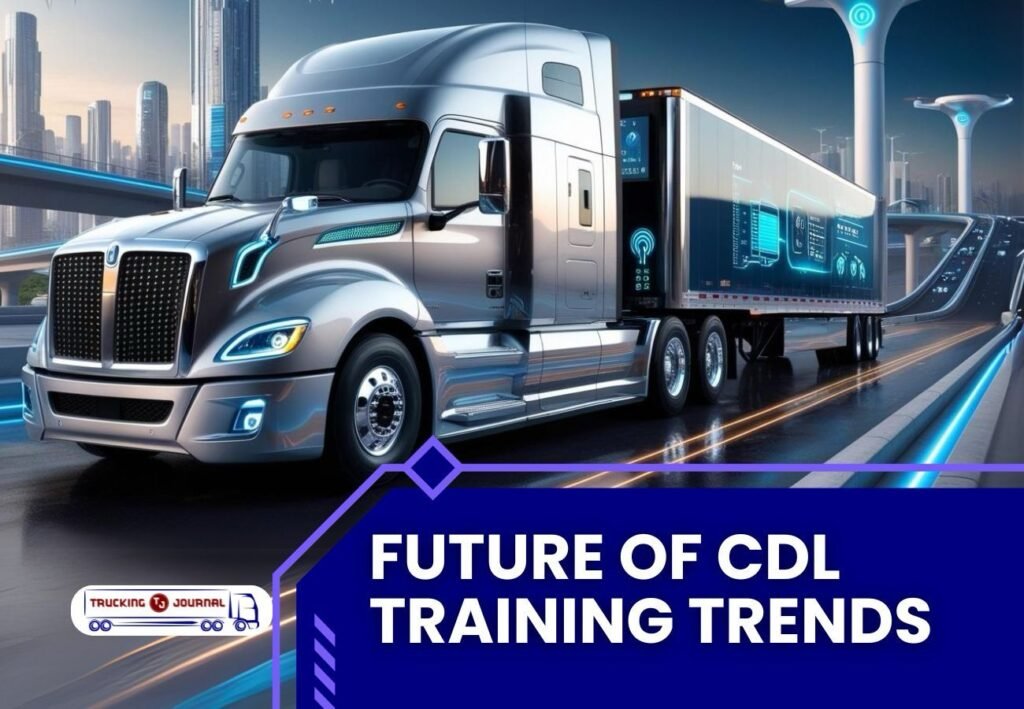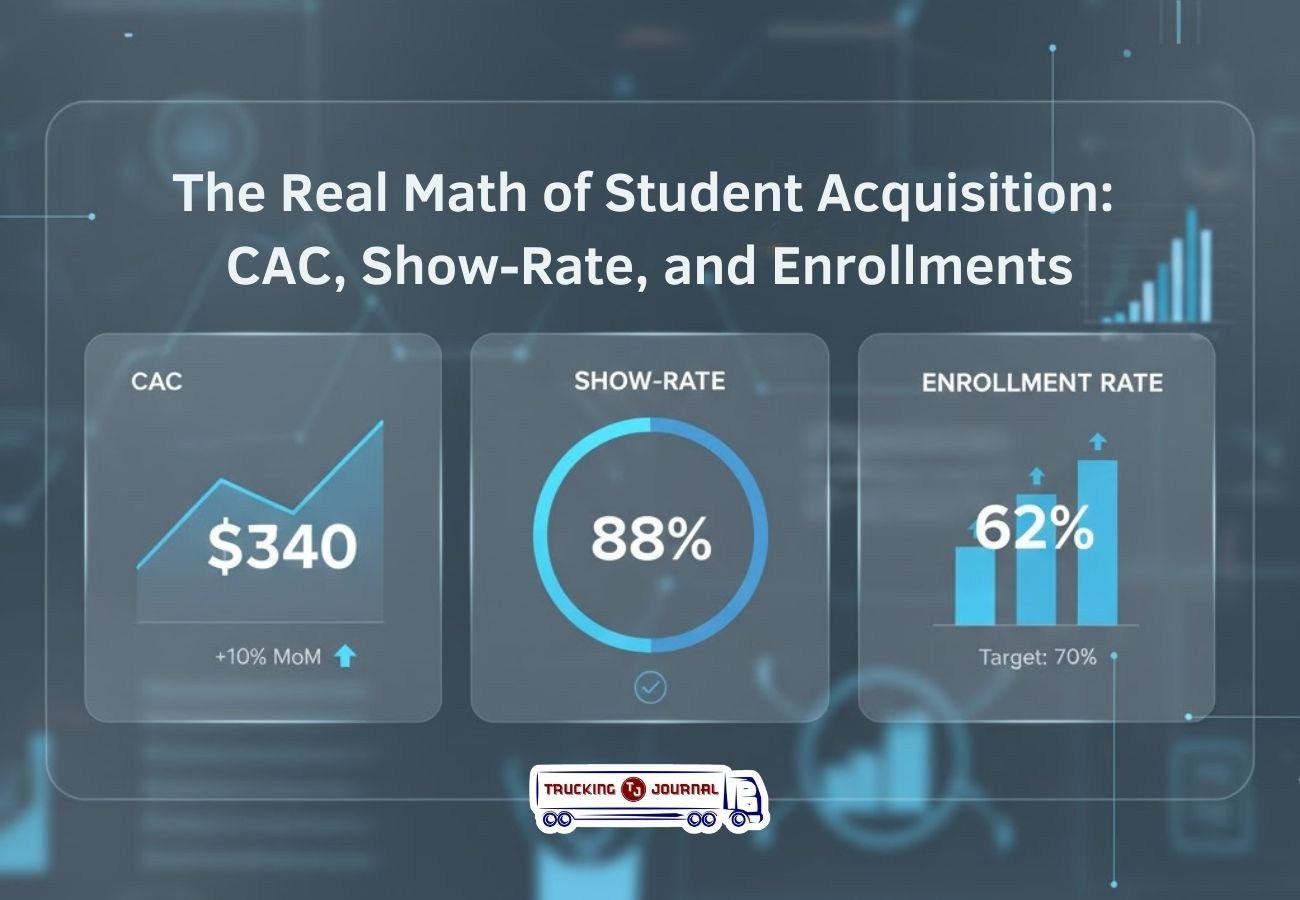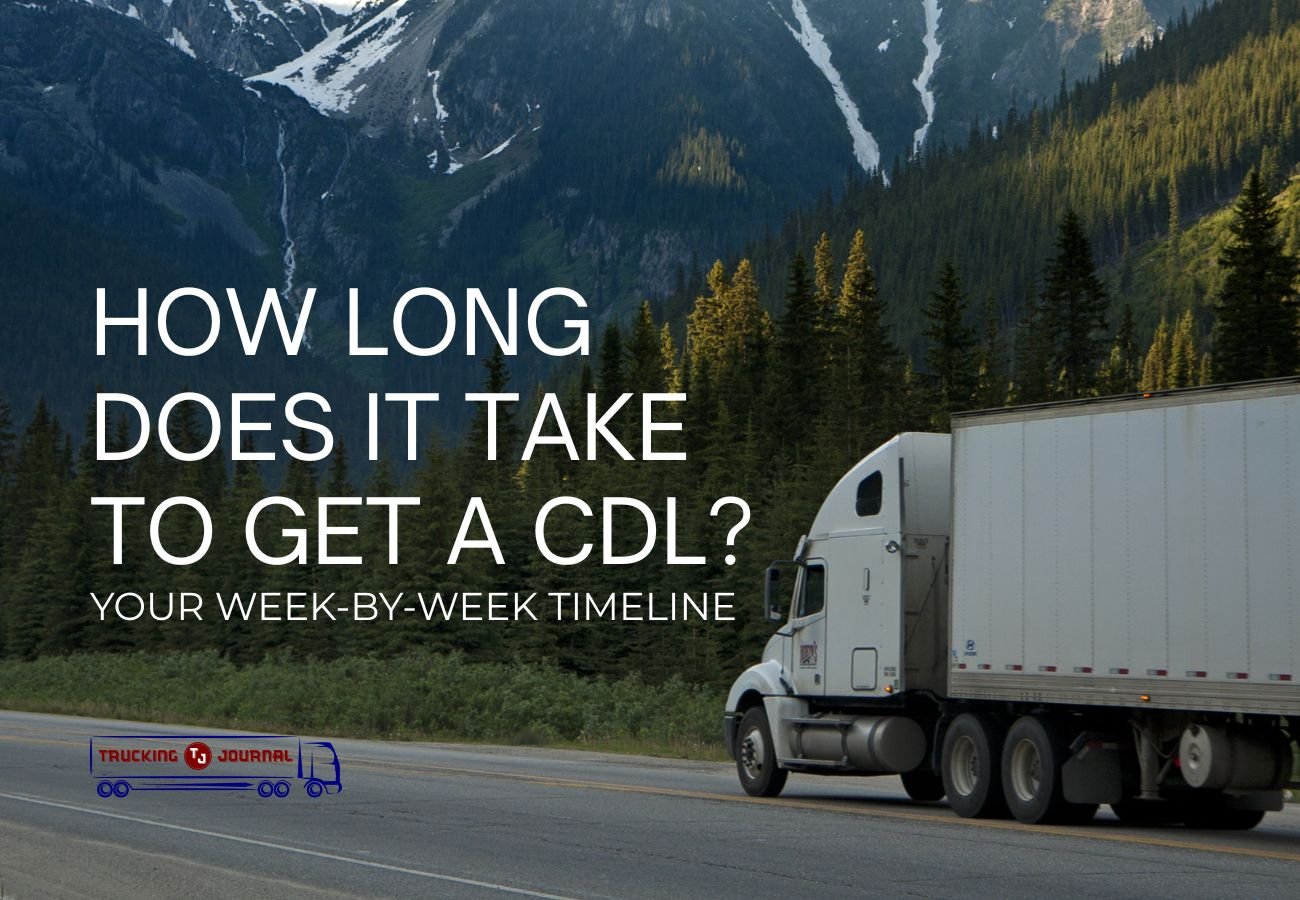
The trucking industry is undergoing a major transformation. With advances in technology, changes in regulations, and a growing focus on sustainability, commercial driver’s license (CDL) training programs must evolve to keep up. Let’s explore the key trends shaping the future of trucking and how CDL training is adapting to prepare drivers for the road ahead.
Electric Vehicles (EVs)
Electric trucks are becoming more common as companies look for ways to reduce their carbon footprint. These vehicles offer lower emissions and potentially lower operating costs, but they also come with unique challenges. Drivers need to understand how to operate and maintain EVs, including:
- Charging infrastructure and battery management.
- Differences in acceleration, braking, and overall handling compared to diesel-powered trucks.
- Troubleshooting common EV issues on the road.
CDL training programs are starting to incorporate lessons on EV technology to ensure new drivers are ready for this shift.
Automation and Advanced Technology
The rise of automation and advanced driver-assistance systems (ADAS) is changing how trucks operate. While fully autonomous trucks aren’t mainstream yet, many vehicles now come equipped with features like lane-keeping assistance, adaptive cruise control, and collision avoidance systems.
Drivers must learn to:
- Operate these systems safely and understand their limitations.
- Transition seamlessly between automated and manual driving modes.
- Stay alert even when automation handles some tasks.
CDL training programs are evolving to include hands-on experience with these technologies, ensuring drivers are prepared to use them effectively.
New Regulations
The trucking industry is heavily regulated, and new rules often impact how drivers are trained and certified. Recent and upcoming regulations may address areas like:
- Hours of service (HOS) limits to prevent driver fatigue.
- Emission standards for greener operations.
- Drug and alcohol testing procedures.
CDL training programs must stay up-to-date with these changes to ensure compliance and prepare drivers for real-world scenarios.
The Role of Simulation and Online Training
Simulation technology is becoming a key part of CDL training. High-tech simulators allow drivers to practice in a variety of conditions, from city streets to icy highways, without risking safety. Online learning platforms also make it easier for students to access theoretical knowledge at their convenience.
These tools are especially valuable as training programs work to accommodate the diverse needs of students, including those balancing work and family commitments.
Preparing for the Future
As the trucking industry evolves, CDL training must adapt to equip drivers with the skills they need to succeed. Whether it’s learning about electric vehicles, mastering advanced technologies, or staying compliant with new regulations, future-focused training programs are essential.
If you’re considering a career in trucking or need help navigating these changes, we’re here to support you. Contact us today to learn more about how we can help you prepare for the road ahead!


